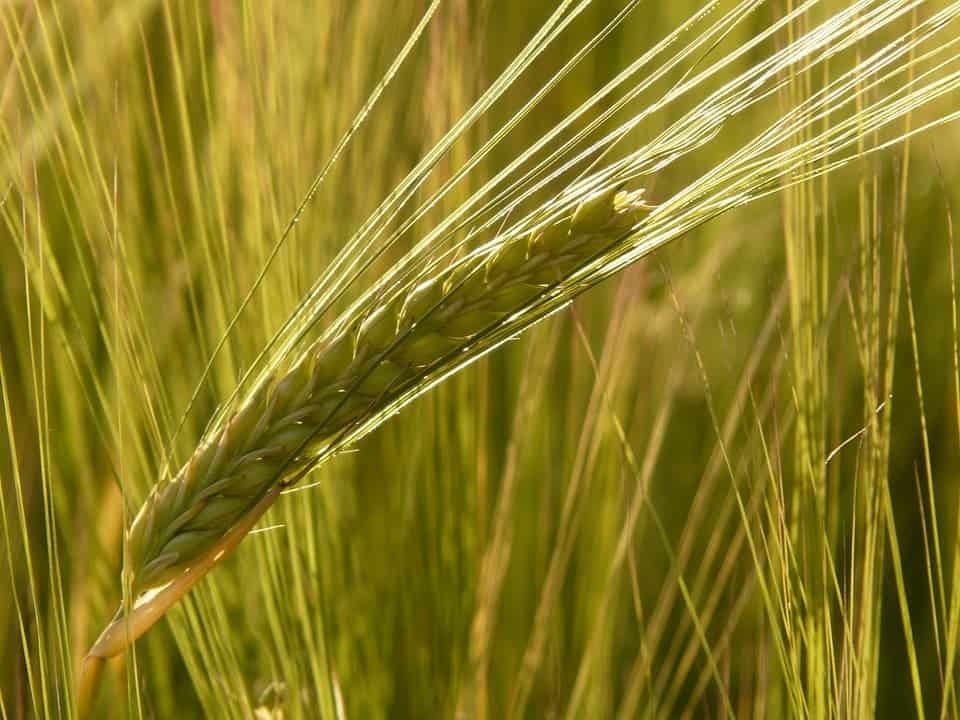After more than a decade of work, an international team consisting of over 70 researchers is poised to make your beer fuller and your Scotch neater — they have successfully sequenced the complete genome of barley, a major crop and key ingredient in the two brews.

We’ve got a long and alcohol-imbibed history with barley. It has been a staple crop for us and animal feed as well as underpinned breweries ever since the agricultural revolution. Today, barley is a major component in all-purpose flour for bread and pastries, graces breakfast tables as an ingredient in cereals, is the prime ingredient in single malt Scotch, lends beer its color, body, the protein to form a good head, and the natural sugars needed for its fermentation.
Selective breeding has allowed farmers to develop tastier, more nutritious barley with a greater yield over that time – but there’s still room for improvement, as the crop’s genome was barley known, limiting the effectiveness of breeding efforts.
Now, the International Barley Genome Sequencing Consortium (IBSC) a team of 77 researchers from around the world report that they’ve successfully sequenced the full genome of barley families heavily relied on for malting processes. This allowed them to pinpoint the bits of code that formed “genetic bottlenecks” during domestication, and further breeding efforts focus on increasing diversity in these areas and make the crops even better. It should also help scientists working with other crops in the grass family such as rice, wheat, or oats.
It may not sound like a huge accomplishment until you consider that barley’s genome is almost double the size of a human’s, and large swathes of it (around 80%) is composed of highly repetitive sequences, which made it incredibly hard for the team to focus on specific locations in the genome. The team had to make major advances in and sequencing technology, algorithmic design, and computing for the task at hand. Their findings provide knowledge of more than 39,000 barley genes.
“This takes the level of completeness of the barley genome up a huge notch,” said Timothy Close, a professor of genetics at UC Riverside and co-author of the paper.
“It makes it much easier for researchers working with barley to be focused on attainable objectives, ranging from new variety development through breeding to mechanistic studies of genes.”
One finding, in particular, surprised the scientists, and it has to do with the malting process. This involves germinating and then crushing the grains and is a key step in brewing. During germination, seeds produce amylase, a protein which breaks down their store of starch into simple sugars – which will ferment into alcohol. The team’s sequencing efforts revealed there was much more variability than expected in the genes encoding the amylase.
The full paper “A chromosome conformation capture ordered sequence of the barley genome” has been published in the journal Nature.






